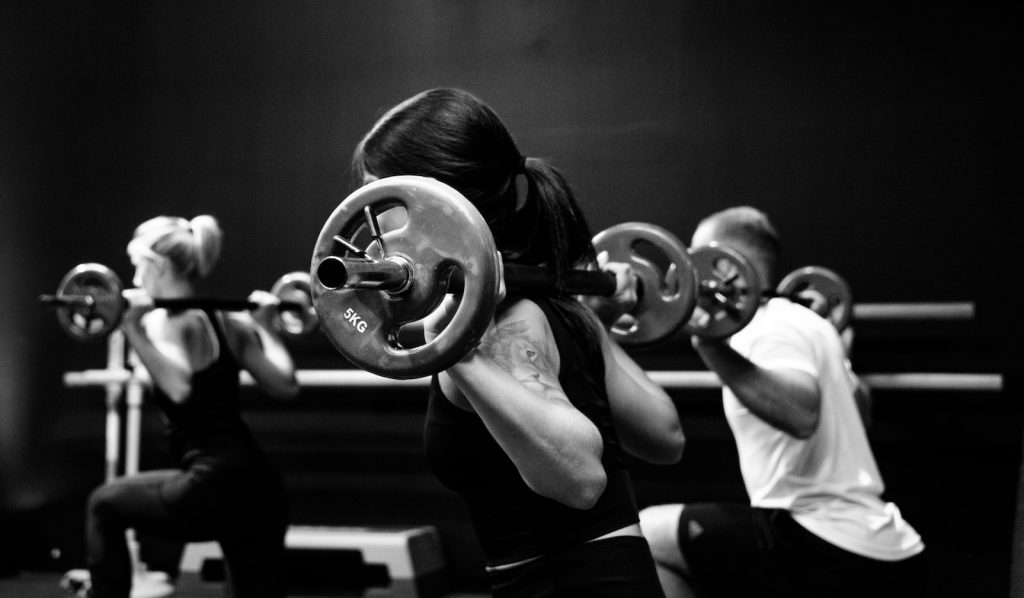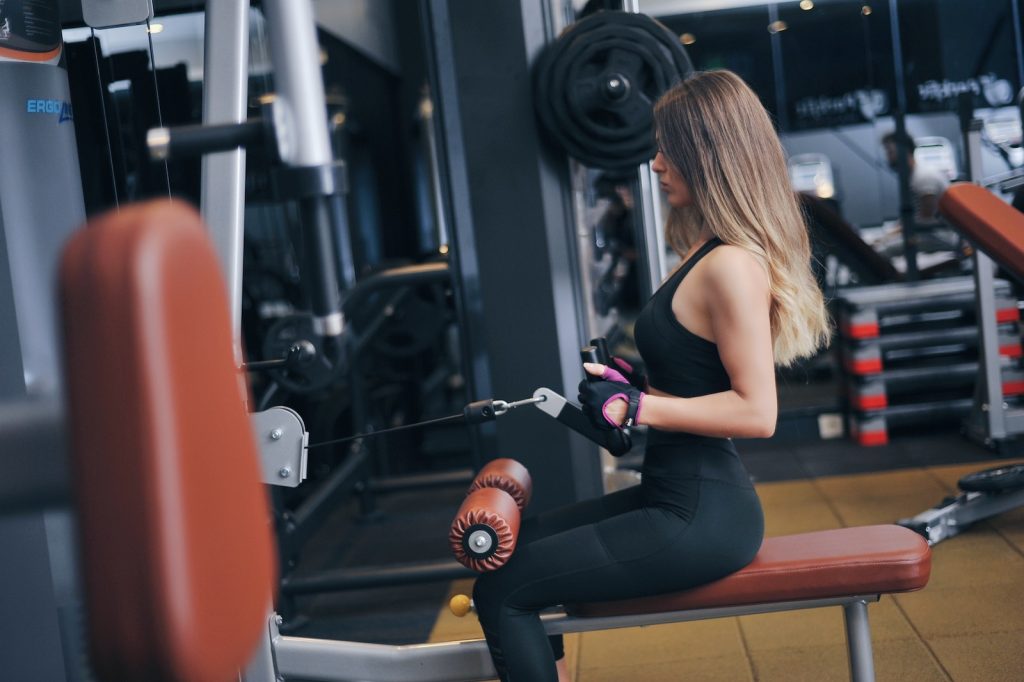A Full-Body Circuit Workout That Benefits Every Muscle
Introduction
Getting fit and staying healthy doesn’t have to be a daunting task. With the right approach and a well-structured workout plan, you can achieve amazing results while having fun and staying motivated. In this comprehensive guide, we’ll delve into the world of a full-body circuit workout that benefits every muscle. Whether you’re a fitness enthusiast or just starting your journey towards a healthier lifestyle, this article will equip you with valuable insights, exercise routines, and expert tips to help you reach your fitness goals.

A Full-Body Circuit Workout That Benefits Every Muscle
A full-body circuit workout is a dynamic and efficient exercise routine that targets various muscle groups in one go. This type of workout involves performing a series of exercises back-to-back with minimal rest in between. The circuit format not only helps in building strength and endurance but also ensures that every muscle in your body gets its fair share of attention. By engaging multiple muscle groups simultaneously, you can maximize your calorie burn and achieve a balanced physique.

The Power of a Comprehensive Circuit Routine
Engaging in a full-body circuit workout offers a myriad of benefits that go beyond just physical transformation. It challenges your cardiovascular system, enhances coordination, and boosts overall fitness levels. Moreover, the variety of exercises keeps your workouts interesting, preventing boredom and plateaus. As you progress through the circuit, you’ll notice improvements in strength, flexibility, and muscle tone, leading to a healthier and more confident version of yourself.
The Core Elements of an Effective Circuit Workout
To create a well-rounded circuit workout that benefits every muscle group, it’s essential to incorporate a variety of exercises that target different areas of your body. Here’s a breakdown of the core elements:
1. Warm-up and Mobility Exercises
Start your circuit with dynamic warm-up exercises to increase blood flow and prepare your muscles for the workout. Incorporate movements that stretch and mobilize your joints, such as leg swings, arm circles, and hip rotations.
2. Compound Strength Exercises
Include compound movements that engage multiple muscle groups simultaneously. Exercises like squats, lunges, push-ups, and rows are excellent choices as they provide a comprehensive workout for your major muscle groups.
3. Cardiovascular Activities
Integrate short bursts of cardiovascular exercises, such as jumping jacks, high knees, or mountain climbers. These intervals elevate your heart rate, enhancing calorie burn and improving cardiovascular health.
4. Core and Stability Work
Focus on exercises that target your core muscles and improve stability. Planks, Russian twists, and leg raises are effective in building a strong and stable core.
5. Flexibility and Cool-down
End your circuit with static stretches to promote flexibility and prevent muscle tightness. Stretch your major muscle groups, holding each stretch for 15-30 seconds.
Expert Tips for a Successful Circuit Workout
Achieving optimal results from your full-body circuit workout requires proper planning and execution. Here are some expert tips to consider:
- Customize Your Routine: Tailor your circuit to your fitness level and goals. You can adjust the number of exercises, repetitions, and rest intervals accordingly.
- Maintain Proper Form: Focus on maintaining proper form throughout the exercises to prevent injuries and ensure effective muscle engagement.
- Stay Hydrated: Hydration is key during intense workouts. Drink water before, during, and after your circuit to stay energized and hydrated.
- Listen to Your Body: Pay attention to your body’s signals. If an exercise causes pain or discomfort, modify it or skip it altogether.
- Progressive Overload: Gradually increase the intensity of your circuit by adding weights, increasing repetitions, or incorporating advanced variations of exercises.
FAQs
Q: Can beginners perform a full-body circuit workout? A: Absolutely! Beginners can start with modified exercises and shorter circuits, gradually increasing the intensity as they build strength and stamina.
Q: How often should I do a full-body circuit? A: Aim for 2-3 times per week with at least a day of rest in between. Listen to your body and adjust the frequency based on your recovery.
Q: Can I do a circuit workout at home? A: Yes, you can easily design a circuit routine at home using bodyweight exercises and minimal equipment like resistance bands and dumbbells.
Q: What’s the ideal duration for a circuit workout? A: A well-structured circuit can take around 30-45 minutes to complete. However, the duration can be adjusted based on your fitness level and available time.
Q: Can circuit training help with weight loss? A: Absolutely. Circuit training combines strength and cardio, making it an effective way to burn calories, boost metabolism, and aid in weight loss.
Q: Are circuit workouts suitable for building muscle? A: Yes, circuit training can help build muscle, especially when incorporating compound strength exercises and progressive overload.
Conclusion
Embrace the power of a full-body circuit workout that benefits every muscle group. By following a well-designed circuit routine and incorporating expert tips, you’ll embark on a journey towards improved fitness, strength, and overall well-being. Remember to customize your workouts, stay consistent, and listen to your body as you work towards your fitness goals.







